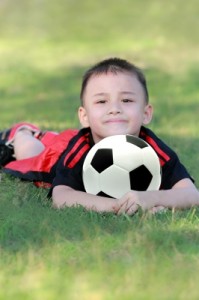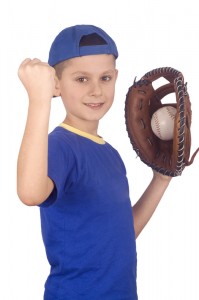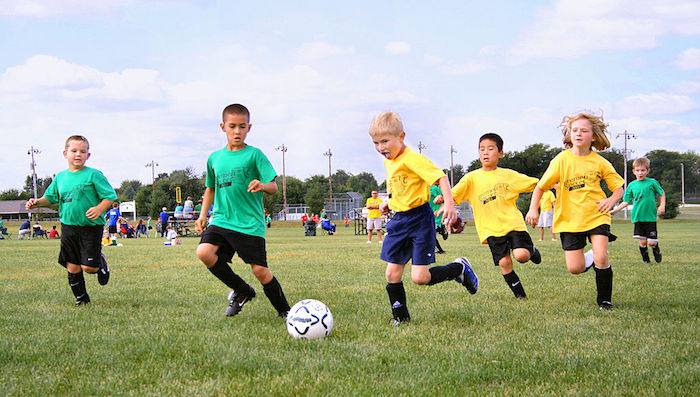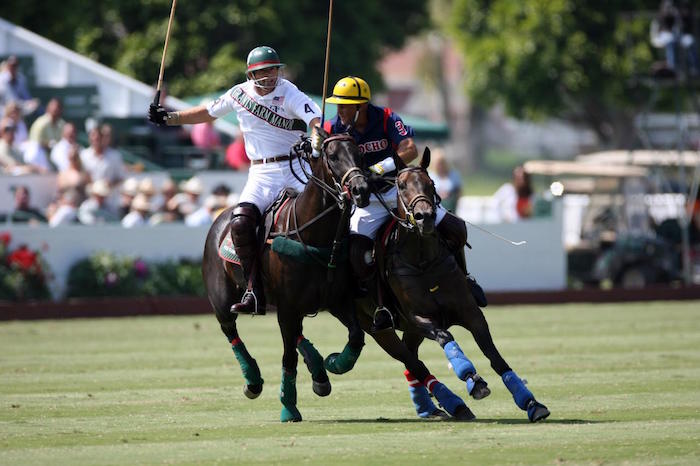The symphony of treadmills and weight machines always gets a little louder this time of year-whether it’s a New Year’s resolution to lose weight, a few too many latkes or too much eggnog, or the gift of a gym membership-getting fit is one of the most popular goals at the start of each year. Here are some options to suit every workout style.
Who: The Gym Rat
What: Santa Barbara Athletic Club has awesome equipment and a vast variety of workout options, including Pilates, Spinning, indoor and outdoor weight rooms, swimming, squash and racquetball.
When: Monday – Thursday: 5:00 am – 10:30 pm; Friday: 5:00 am – 10:00 pm; Saturday: 6:00 am – 8:00 pm and Sunday: 7:00 am – 8:00 pm.
Where: 520 Castillo Street.
Wear: For a guilt-free, post workout treat, head to the new supplement/protein bar at Montecito Athletic Club (40 Los Patos Way, Montecito).
Who: The Mom
What: Enlist with “General” Stacey Cooper on a BootyCampSB mission to “raise your fitness level and your booty to new heights.”
When: Kids work out for free at the Parent-Child Booty Camp every Monday from 4:30 to 5:30 p.m.
Where: Girsh Park, 7050 Phelps Road, Goleta.
Wear: Head to Eddie Bauer (130 S. Hope Ave., La Cumbre Plaza) for the “essential daypack bottle” loaded with all the gear you’ll need to survive a day with the kids.
Who: The Beach Babe
What: Try Moms in Motion’s Stand Up Paddle Board team for “the most fun you can have on the water-while improving your balance, upper body and core strength.”
When: Sundays at 8 a.m.
Where: Leadbetter Beach, Shoreline Drive and Loma Alta.
Wear: You can rent equipment or splurge on a Kialoa -Nalu Stand Up Surf Paddle from Paddle Sports of Santa Barbara (Santa Barbara Harbor).
Who: The Couch Potato
What: Try a Jazz Dance or Hip Hop Class at Santa Barbara Dance Arts (formerly Santa Barbara Jazz Dance Academy). You’ll have so much fun you won’t even realize you’re working out till the pounds start sweating off.
When: Jazz Mondays at 6:45 p.m.; Beginning/Intermediate Hip Hop Wednesdays at 7 p.m.; Advanced Hip Hop Thursdays at 7 p.m.
Where: 1 N. Calle Cesar Chavez #100.
Wear: Pick up your dancing shoes at Harlequin’s Theatrical Supply (17 W. Gutierrez St.).
Who: The Yogini
What: Yoga Soup has a fun variety of classes, with owner Eddie Ellner’s good karma philosophy of “pay what you can,” for his eclectic “soupy mix” of classes.
When: Tuesdays at 5 p.m.; Tuesdays; Wednesdays, Thursdays and Fridays at 6:30 p.m.; Saturdays at 10:30 a.m.; and Sundays at 8:30 a.m. and 5:30 p.m.
Where: 28 Parker Way.
Wear: Head to Drishti (130 E. Canon Perdido St.) for a Manduka eKO eco-friendly yoga mat and a comfy pair of their “Beyond Yoga” pants or capris that are so stylish you’ll want to wear them all day long.
Who: The Jock
What: At Dr. Bob Wilcher’s Killer B Fitness, this Chiropractor/Personal Trainer will whip-we mean motivate-you into shape whether your goal is to run a marathon or sweat off a few sizes in his few frills, no mercy private gym.
When: By appointment, call 805-448-2222 for information.
Where: 126 Powers Ave.
Wear: Lucy (3825 State St., La Cumbre Plaza) offers a new “core power collection” of tops stay soft, comfortable and dry, no matter how much you sweat.
Who: The Hiker
What: The Santa Barbara Sierra Club offers a variety of hikes for every fitness level from the occasional hiker to the diehard backpackers.
When: Hikers meet weekly on Wednesday nights at 6:30 p.m. and Friday nights at 6:15 p.m., destination are chosen at the meeting points.
Where: Santa Barbara Mission, Laguna and Los Olivos Streets. Also visit www.santabarbarahikes.com for additional hikes scheduled every weekend from a variety of locations and terrains.
Wear: Head to Santa Barbara Oufitters (1200 State St.) to pick up one of Ex Officio’s “Insect Repellent” hats, which are great for those sunny, buggy hikes on the beach. Plus, rain or shine, you can take a trek up their indoor climbing wall.





